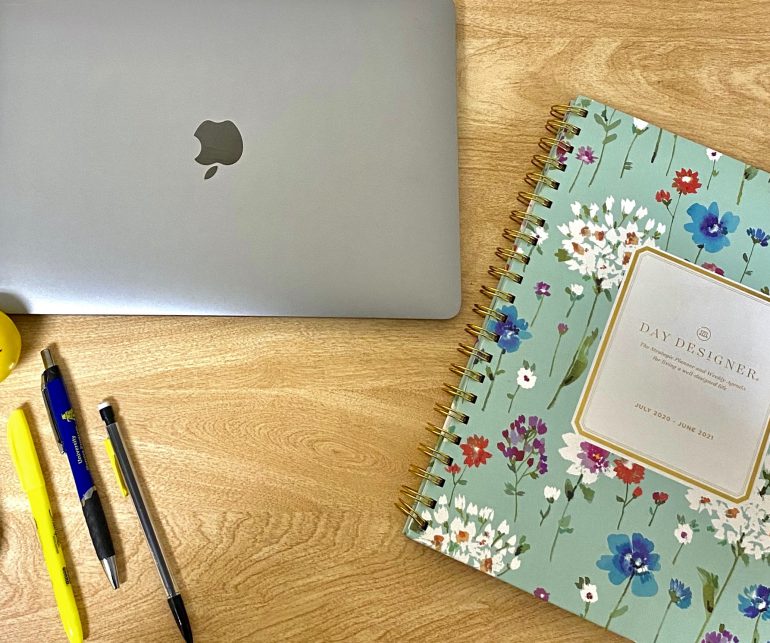
How to Make (and Keep) Your New Year’s Resolutions
It’s finally here! We’ve made it another 365 days around the sun, so you know what time it is…It’s time to make your New Year’s Resolution!! If you feel stuck in a rut or intimidated, don’t fret. Follow these steps to set an achievable goal to work towards over the next twelve months.
1. Start by reflecting on this year.
Reminisce on the high and lows, the triumphs, and the challenges. Take a look over your personal journal entries that you’ve written over the year. Recognizing all of what you’ve experienced during the last year can help you home in on where and how you want to improve.
2. Think about just one goal and the several ways you can achieve it.
Try to avoid taking on more than you can handle. You never know what circumstances or curveballs the new year can throw at you, so commit to just one resolution. However, you should be thinking about multiple ways in which you can accomplish it. For instance, if your resolution is to prioritize physical fitness, recognize that it doesn’t mean you have to go to the gym all the time. You could do at-home workouts, do yoga beside your bed in the morning, go on hikes with friends, incorporate more fruits and veggies into your diet, or reduce the number of sugary drinks you consume. You have more freedom than you think when it comes to setting resolutions, so don’t make it monotonous – try to have fun with it!
3. Write down your New Year’s resolution.
Once you’ve decided on your goal, make it concrete! It is scientifically proven that you are more likely to achieve your goals when you write them down, so write your resolution in a journal or use your creativity by making a vision board. Whatever your choice, make sure you put it in a place where you can see it every day so you can be reminded of your commitment and receive the motivation you need to take action and follow through with your resolution.
4. Check in with yourself regularly.
If you write down your resolution and look at it every day, it should be pretty hard to forget about it, but things happen! Put daily or weekly reminders in your phone to ensure you remain accountable to what you committed. At the end of each month, self-reflect and record your progress to see if you’re already fulfilling your ambitions or are on track to meet your goal by year’s end. If you need to make any adjustments to what you’re doing, feel free to put those into place at this point.
Feeling more prepared now? Good – because you’ve got this in the bag!! Wishing you all a Happy New Year!
Do you have a compelling story or student success tips you’d like to see published on the Pearson Students blog? If you are a college student and interested in writing for us – click here to pitch your idea and get started!
